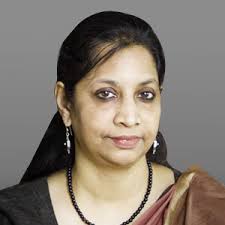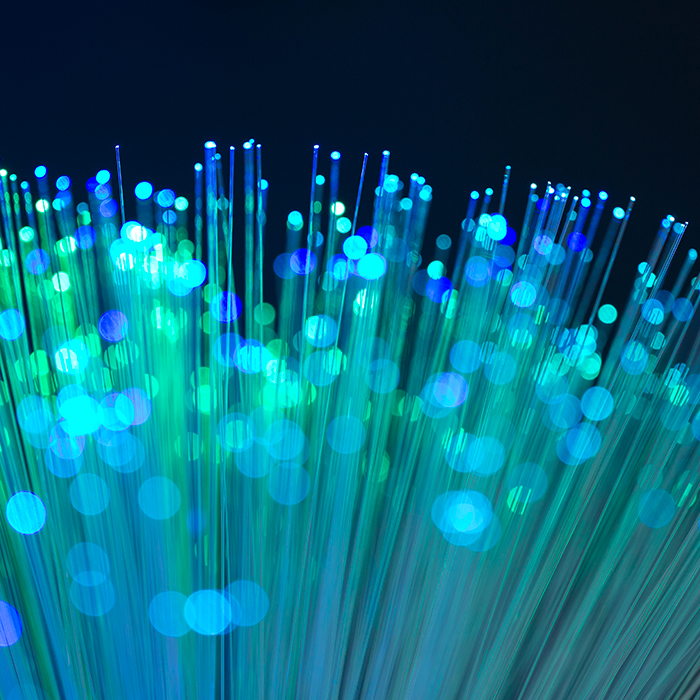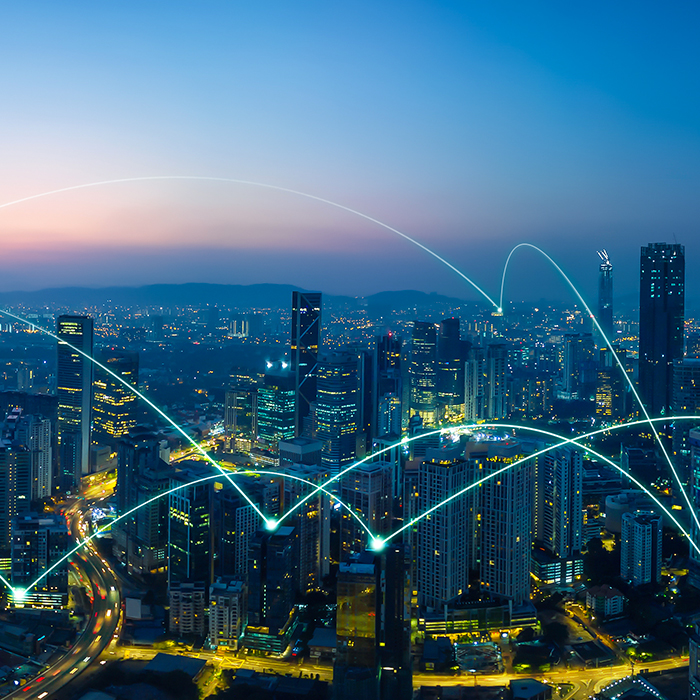India ramps up Broadband ambitions targeting GDP growth

According to www.internetworldstats.com India has the world’s second highest number of internet users. However, the country faces several challenges: an average broadband bandwidth which is lower than developed countries, a marked urban/rural Digital Divide, the fact that less than half the population uses the internet, and relatively slow connection speeds.
In fact, the 2020 Speedtest Global Index ranked India 69th out of 176 countries by average fixed broadband speed and 128th out of 141 countries by average mobile internet speed. Another pressing concern is a lack of fibre backhaul for mobile towers. Internet access is currently provided through a wide range of technologies, from xDSL, ISDN and Ethernet to FTTH, 3G and 4G, WiFi and WiMAX. Speed and cost levels are highly varied. At its recent FTTH conference in Mumbai, Broadband India Forum (BIF) stated that digital communications progress will be impacted adversely without immediate rollout of fibre across India. The BIF is calling for urgent steps to support this.
"Mobile traffic is becoming increasingly data heavy and mobile spectrum will not be sufficient to address this,” explains TV Ramachandran, President, BIF. “Prioritising and accelerating rights-of-way to ensure quick fibre rollout is imperative.”
Multiple initiatives have been launched to improve the situation and the government aims to increase India's fibre footprint to 7.5 million fibre kilometres by 2022.
The Digital India plan focuses on development of secure and stable digital infrastructure, digital government services, and universal digital literacy. India’s National Optical Fibre Network (NOFN) project aims to provide broadband connectivity to the country’s 239,000 gram panchayats (villages). India’s National Communications Development Policy (NDCP) aims to ensure broadband connectivity of 50 Mb/s for all citizens and 1Gb/s connectivity to all gram panchayats. By 2022, 10 Gb/s speeds should ensure connectivity to all uncovered areas.
The government’s ambitious BharatNet programme aims to provide on demand, affordable broadband connectivity to all households and institutions with internet speeds of minimum 2 Mb/s. On March of 2019, 3,20,648 km of fibre had been laid. 1,25,722 gram panchayats had been connected with another 1,17,903 service ready. In addition, three Government programs - 'Digital India', 'Start-up India' and 'Make in India' – are focusing on production, consumption and distribution of content and services relevant to India.
"For the rest of the world, a 10% increase in internet penetration leads to a 1.3% increase in GDP, while in India a 10% increase in internet traffic leads to a 3.3 % increase in GDP," stated Aruna Sundararajan, Chairperson, Digital Communications Commission. "That is a HUGE multiplier."

Aruna Sundararajan
Chairperson, Digital Communications Commission






